By composting old rituals to meet our real-world needs, we can regrow deeper relationships and speak to our hunger for meaning and depth.
~ Casper ter Kuile in “The Power of Ritual”
This is a mid-week quick reflection away from data, charts, technology, and news, sharing my thoughts about the power of ritual based on the same book I read a couple of years ago.
Yesterday, I visited my favourite gift shop in San Francisco called One Half on Polk Street.
Every time after my doctor’s appointment nearby, I stopped by this shop and browsed for an hour almost like a ritual.
I always walk away with at least two items, and if I allow myself, I can walk away with five more as all the items in the gifts are at least half-off as the name says!
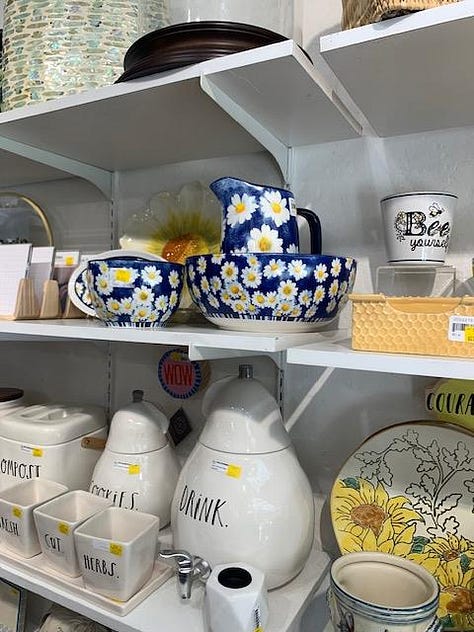
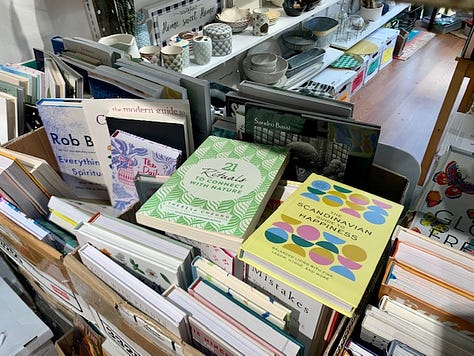
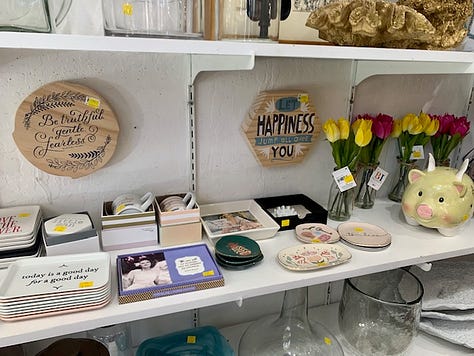
Some pencil cases inconspicuously tugged inside a bookshelf attracted me.
I paced back and forth and finally decided to take a second look at it.
I haven’t used a pencil case since maybe secondary school?!
My working desk has gotten a bit unruly, and this might be exactly what I should get to make it look better.
At night, I took out the newly acquired gift to myself and started putting a few daily-use items on my desk.
I thought of the book “The Power of Ritual” by Casper ter Kuile where one of the reviewers said this about the book:
“…it [ritual] offers you the opportunity to remake your life in small but vital ways that will leave you happier, calmer, and more able to do the work that must be done on this planet.”
Rituals do not have to be religious or a luxury and can be practiced by anyone in everyday life.
Four Types of Rituals
According to Casper ter Kuile, there are four types of rituals. I have included snippets of his writing under each.
Connection with self — this includes reading and analyzing what you read chapter by chapter as if reading a sacred text. The other idea is taking a Sabbath, not necessarily religiously, for example, tech sabbath or sabbath for play and creativity.
Whatever your practice is, make it an intentional ritual. Light a candle. Recite a poem. Breathe ten times. Whatever you do, try to notice how taking this time heals and softens you. Our inner life is the foundation for our outer lives, so committing to this practice will yield countless gifts. This is the paradigm shift: everyday moments can be the sacred foundation of your spiritual life.
Connection with others — this includes eating and working out with others to enhance your connection with other people.
In eating together, we are reminded of our intrinsic connectedness and the dependence we have on those around us. The food on our plate doesn’t need to symbolize anything more than what it is; it is a “language of care,” as author Shauna Niequist puts it.
Connection with nature — this includes the idea of pilgrimage and rethinking our relationships with the natural world.
What matters is setting an intention before we head out, paying attention to the natural world along the way—using all five senses if possible—and returning home again with a new perspective.
Connection with transcendent — the idea is to have a deep and empathetic conversation with yourself and not necessarily be restricted to saying a religious prayer.
Scholar of psychiatry and religion Ann Ulanov and jazz critic Barry Ulanov call this kind of prayer “primary speech.” “Everybody prays,” they write. “To pray is to listen to and hear this self who is speaking. . . . In prayer we say who in fact we are.” Prayer is about listening to what our hearts know to be true: the deep loves and longings that live within everyone.
A New Ritual
Knowing that ritual can be practiced anytime, anywhere, and by anyone, I put my main daily-use desk items in the newly acquired and gorgeous pencil case, keeping them tight and nice.

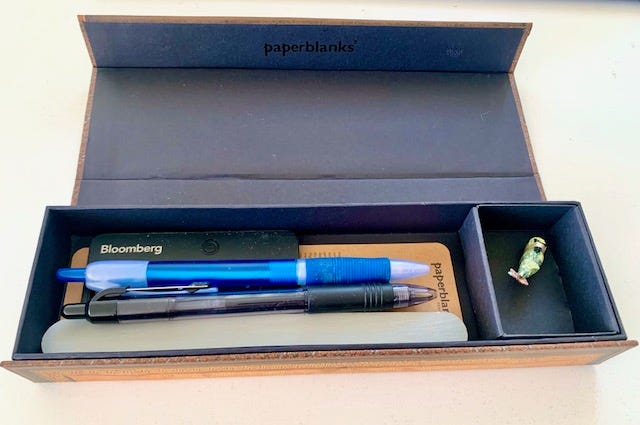
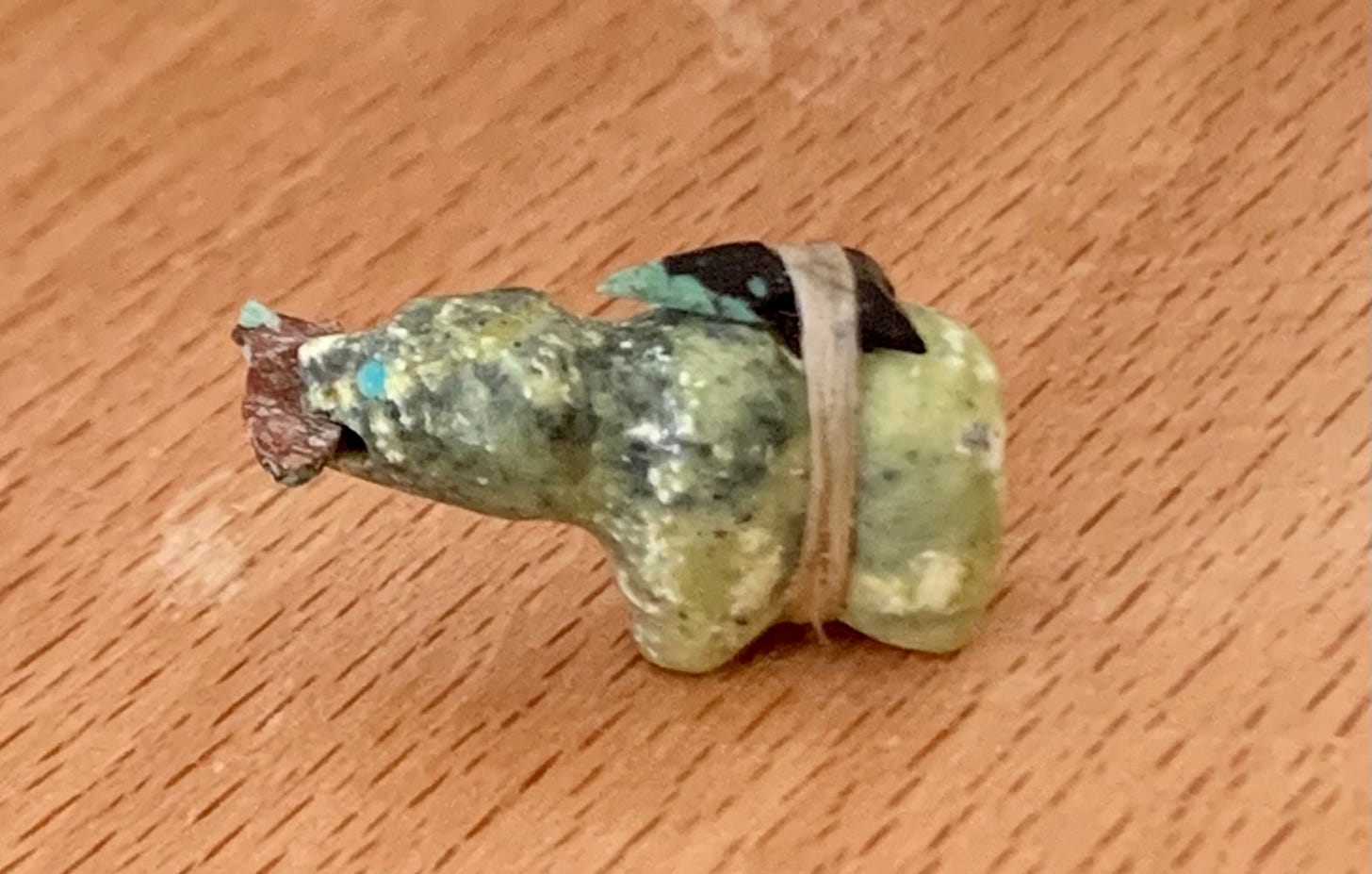
I finally found a safe place to store and appreciate my Zuni fetish daily and not fear losing it. It is the size of the pen tip.
The fetish reminds me of my strength and self-knowledge, which confer a trove of healing power.
After I have put everything back into my pencil case, it signals the end of my day and the beginning of my going-to-bed ritual. It brings me a sense of calm, an appreciation of the beautiful ancient art, and a love for the smaller treasures in life.
Do you have a favourite daily ritual that brings some joy and meaning?
Thanks for stopping by!




What a delightful journey into the world of rituals and meaningful moments! The four types of rituals offers a thoughtful framework for readers to reflect on their own practices. An inspiring reminder to appreciate the smaller treasures in life, finding beauty and significance in the everyday. Thank you Marianne, for this glimpse into the world of rituals and treasures.
That is an interesting classification of rituals into these four types. Thanks for recommending Casper ter Kuile's book: will place “The Power of Ritual” on my to-read list. I feel like #1 and #4 are similar and can be interchangeable, depending on context?
Have you read Sasha Sagan's book, For Small Creatures Such as We? She also writes about the meaning of rituals, from a secular-oriented perspective, an enjoyable read. I wrote about it and about some rituals discussed during a roundtable (InterIntellect salon) with her that I attended in Boston recently: https://onhumanity.substack.com/p/gardens